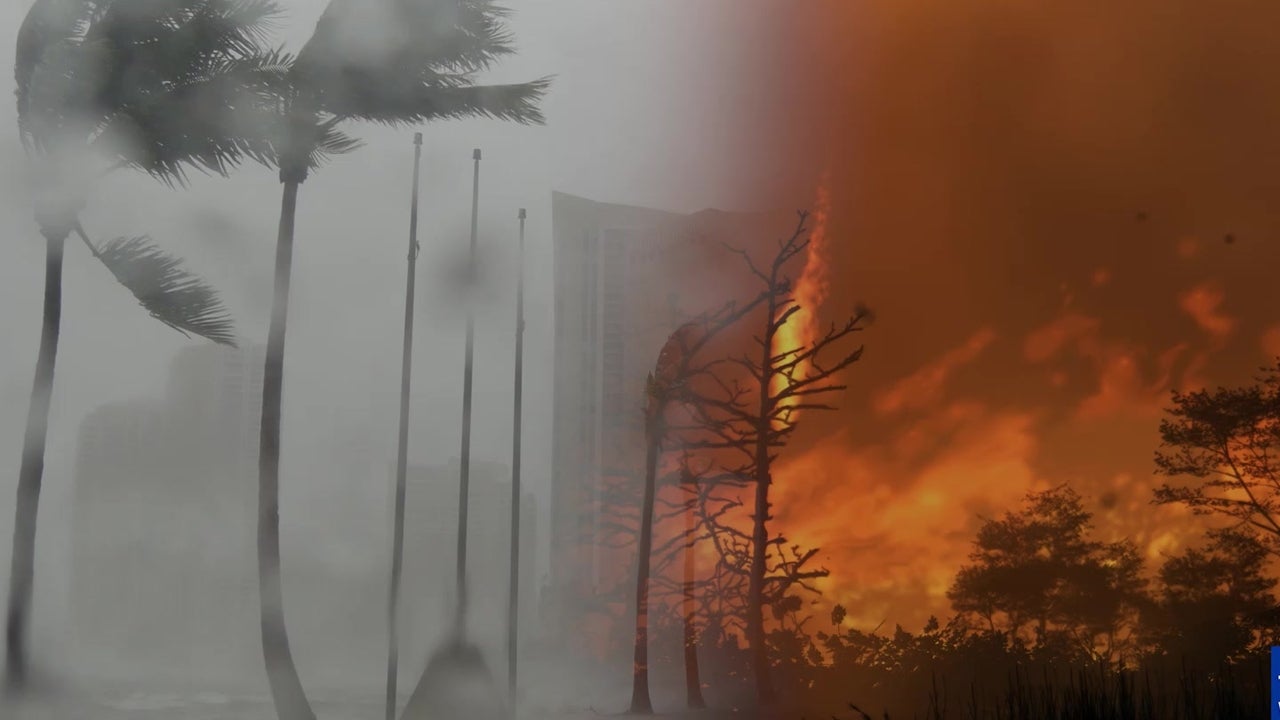From catastrophic storms that toppled empires to freak weather that altered the course of civilizations, Earth’s climate has shaped human history in unpredictable and devastating ways. These extreme events remind us of nature’s unstoppable power—and how vulnerable societies can be when disaster strikes.
Here are the 10 most extreme weather events that left an indelible mark on history, triggering famines, wars, and even cultural revolutions.
1. The Year Without Summer (1816) ❄️☁️
After the massive eruption of Mount Tambora in 1815, ash and sulfur dioxide blocked sunlight across the globe, causing temperatures to plummet. In 1816, snow fell in June, crops failed worldwide, and famine spread through Europe and North America.
This “volcanic winter” led to food riots, mass migrations, and even inspired Mary Shelley to write Frankenstein during the gloomy, endless cold.
2. The Great Hurricane of 1780 (Caribbean) 💨☠️
One of the deadliest Atlantic hurricanes in history struck the Caribbean during the American Revolution, killing over 20,000 people. Entire fleets of British and French warships were destroyed, altering naval power in the region.
The storm’s 200+ mph winds and 25-foot storm surge flattened towns, proving that even mighty empires were helpless against nature’s fury.
3. The Dust Bowl (1930s, USA) 🌾💨
A combination of severe drought and poor farming practices turned America’s Great Plains into a wasteland of dust storms. Millions of tons of topsoil blew away, forcing 2.5 million people to abandon their homes in the largest climate migration in U.S. history.
The disaster led to New Deal reforms, modern soil conservation, and inspired classics like The Grapes of Wrath.
4. The Great Frost (1709, Europe) ❄️🔥
A sudden, extreme freeze in 1709 turned Europe into an icy wasteland. Rivers and wine froze solid, livestock died en masse, and hundreds of thousands starved. The cold was so brutal that trees exploded from sap freezing inside them.
This catastrophe weakened France’s economy before the Revolution and may have accelerated the fall of the Swedish Empire.
5. The Great Flood of 1931 (China) 🌊😢
After months of heavy rain, the Yangtze and Yellow Rivers burst their banks, unleashing one of history’s worst natural disasters. Between 1-4 million people drowned or died from disease and starvation.
The flood destabilized China’s government, contributing to the rise of communist movements that would later take power.
6. The Little Ice Age (1300s-1800s) 🌍❄️
A centuries-long cold snap caused glaciers to expand, rivers to freeze, and crops to fail across Europe. The Thames River froze so solid that frost fairs were held on its surface.
This climate shift led to widespread famine, helped spread the Black Death, and may have contributed to the collapse of Viking settlements in Greenland.
7. The Great Galveston Hurricane (1900, USA) 🌀⚰️
A massive Category 4 hurricane obliterated Galveston, Texas, killing 8,000+ people—still the deadliest natural disaster in U.S. history. The storm surge submerged the entire island, sweeping away buildings and people.
The tragedy led to modern hurricane forecasting and the construction of a 17-foot seawall to protect the city.
8. The Great Smog of London (1952) ☁️💀
A deadly fog filled with coal smoke and pollution choked London for five days, killing 12,000+ people and sickening 100,000 more. Visibility dropped so low that people couldn’t see their own feet.
This disaster sparked the modern environmental movement and led to clean air laws worldwide.
9. The 1970 Bhola Cyclone (Bangladesh) 🌪️😢
The deadliest tropical cyclone ever recorded struck Bangladesh (then East Pakistan), killing 300,000-500,000 people. Storm surges up to 35 feet high wiped out entire villages overnight.
The disaster exposed government neglect, fueling protests that led to Bangladesh’s independence war in 1971.
10. The 2003 European Heat Wave ☀️🔥
A record-breaking heat wave killed 70,000+ people across Europe, melting roads, buckling train tracks, and causing wildfires. France was hit hardest, with 15,000 deaths—mostly elderly people without air conditioning.
This catastrophe forced Europe to overhaul emergency response systems for extreme heat, a growing threat due to climate change.
Final Thoughts 🌎⚠️
These disasters prove that weather doesn’t just change the environment—it changes history. From revolutions sparked by famine to cities rebuilt stronger, humanity’s fate is inextricably tied to the climate.
As global warming increases extreme weather, studying these events helps us prepare for an uncertain future. Will we learn from history—or repeat its mistakes?



